| 1 | A rarely seen nocturnal species |
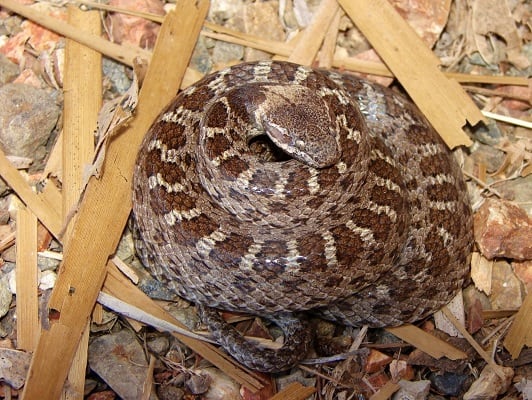
In the USA, the garter snake is the signature harmless serpent of moist spots, like a small stream bordering a grassy meadow. Their opposite number in the realm of dry habitats, meanwhile, is the night snake. This 40cm species is hardly ever seen by humans, as it lives on rocky scree slopes, sweeping plains, and even semi-deserts. It’s a nocturnal species which is only ever really seen when crossing remote roads at midnight, by drivers honking for them to move faster (or maybe not bothering).
Night snakes are semi-burrowers; not much is known about their lifestyle, but reptile keepers have watched them dig holes in the sandy cages they’ve been given. Night snakes mainly live in the mid-west, and coexist with neighbours such as gopher snakes, western hognose snakes, and prairie rattlesnakes.
The difference is that this snake is by far the least seen. Despite being elusive, they’re not endangered, as they stretch from a tiny parcel of land in southern Canada, through the mid-west, and plunge deep into northern Mexico. Night snakes are missing from the eastern USA, and are found nowhere beyond Kansas, Oklahoma and eastern Texas. Even if they did live in Florida, you’d never meet one.
| 2 | The convoluted family tree |
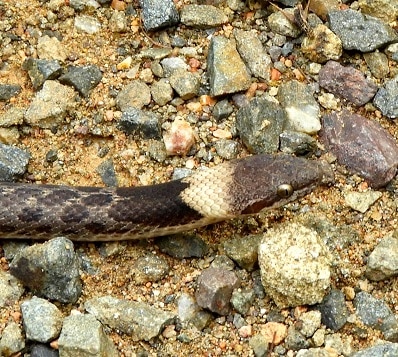
The night snake has a huge empire across the western USA, and with it comes endless species and subspecies. The night snake has one of the most sprawling, confused family trees of any snake.
At one point, the Sinaloa night snake (Hypsiglena torquata) was easily the most common, with eleven subspecies. However, this shrank to a fraction of its former territory when several of those were moved to the spotted night snake species (H. ochrorhynchus), and another chunk to the Sonoran night snake (H. chlorophaea).
The single most common version has the subspecies prefix deserticola, but nobody can agree on whether this belongs to H. torquata or H. chlorophaea. This is also the sole night snake in British Columbia, so the exact species of the Canadian version is swirling with mystery. The Texas night snake was long filed under H. torquata as well, but is now a separate species: Hypsiglena jani.
Despite the confusion, the different night snakes share a similar diet, shy personality, and liking for dry, rocky landscapes. It’s only mitochondrial DNA analysis which reveals them to be different species with genetic chasms between them. The main variety is by appearance. Some have smaller brown spots, while some have brown blotches which link together. The colour also varies, based on the soil type where they live. As it stands, there’s up to 9 species, and an additional 12 subspecies.
| 3 | Found on steep, rocky slopes |
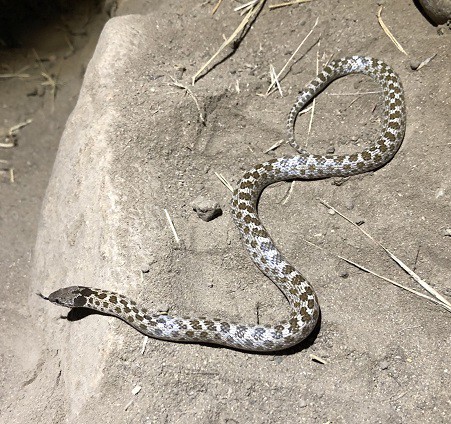
In the daytime, night snakes like to take shelter firmly under rocks. As you gaze upon the horizon, there could be dozens of these snakes before you, but you’d never know. Another shelter they use is kangaroo rat burrows. The elusiveness is also down to their small size, and travelling under cloak of darkness (hence the name). This once led people to believe that they’re rare, but in certain spots they’re extremely common. A study found that in southwest Idaho, it was the third most abundant snake, behind the gopher snake and great basin rattlesnake.
One of their hotspots in Washington state is the Yakima river canyon, which runs for 20 miles. In Washington state, their favourite habitat is easily talus slopes, accumulations of constantly falling rocks and boulders on a steep mountainside. Many of eastern Washington’s roads wind past these slopes, so you could be driving past them unawares.
Night snakes dislike dense forests, but they do inhabit oak-savannah woodlands, a dry, spacious type interspersed with wispy grass and rocky outcrops, allowing their lizard prey to thrive. Dry shrubland with sagebrush and rabbit brush are also proven habitats.
| 4 | Zero taste for mammals |
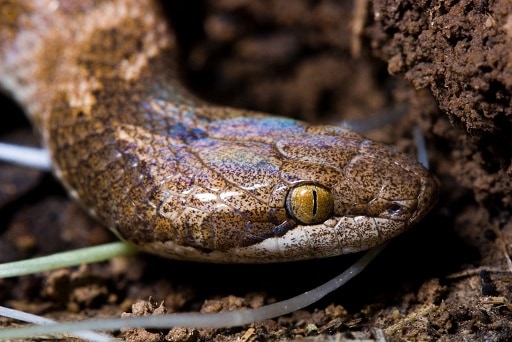
One characteristic that separates night snakes from nearby species is that they eat no mammals whatsoever. One of their neighbours is the prairie rattlesnake, whose diet consists of 90% mammals, so the market has obviously been cornered by their craftier counterpart. Instead, a study based on preserved night snakes in museums found that 52.2% of the species’ prey were lizards.
22.8% were reptile eggs, 12% were frogs and 6.5% other snakes. Juveniles also ate insects, which disappeared when they passed a certain length. These are the creatures often found on the rocky slopes and arid plains with tumbleweed rolling past that they favour. The study involved 397 night snakes, so they weren’t casually taking photos of snakes they’d found by the side of the road.
Most reptile-eating snakes still grab the occasional mammal, but here there were none. The night snake also scavenges corpses occasionally, as one had eaten a Couch’s spadefoot toad which had been crushed by a car. With lizards, the night snake swallows its prey headfirst, but with frogs they start from behind.
| 5 | Geckos recognise their scent |
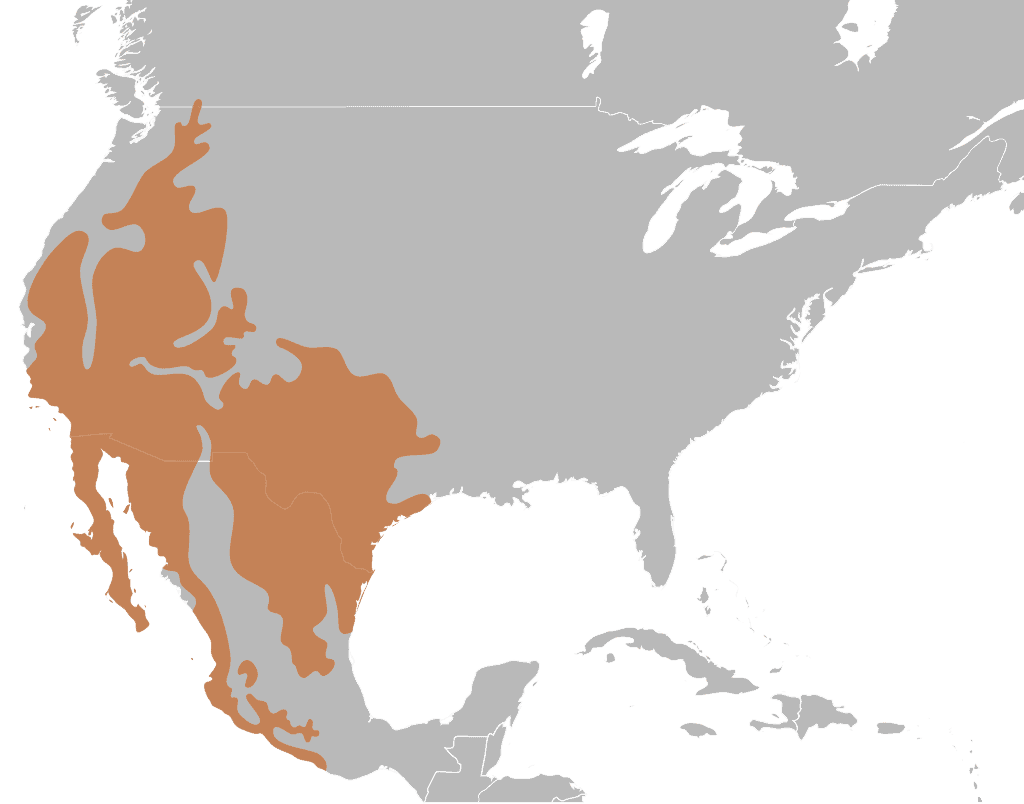
The night snake uses its expertise in rocks to the full. The majority of its lizard prey are diurnal (day-faring), and at night they rest in cool rock crevices. The night snake knows these like the back of its hand, and simply swallows them up. Night snakes are foragers rather than ambushers, and have a mild venom which they chew into prey.
Night snakes aren’t quite the masters of their domain though. With such a reptile dependency, local species have evolved to recognise their scent, a warning sign of danger approaching. A 1996 study involved the Texas banded gecko, which also inhabits the dry American mid-west. Two other snakes were tested, the western hooknose snake and western ground snake, neither of which prey on reptiles. They also tested the spotted leaf-nosed snake, which does eat reptiles, but doesn’t coexist with the Texas banded gecko. When exposed to snake chemicals and hormones on a swab, the only species the gecko fled from was the night snake. With all others, they flecked their tongue inquisitively.
| 6 | Night vision secrets |
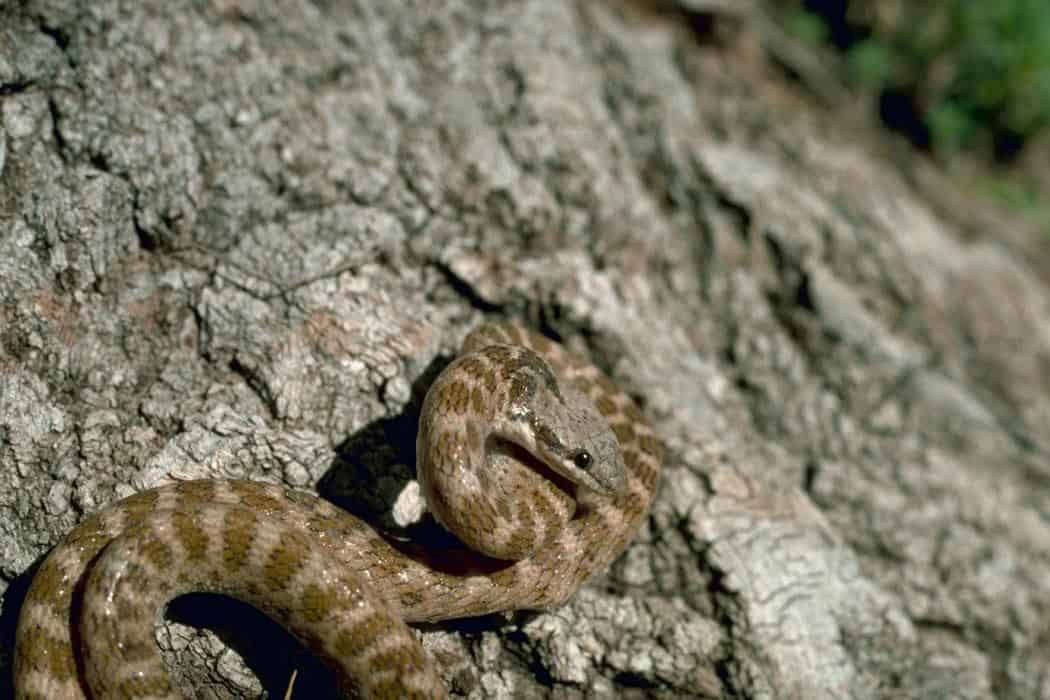
The night snake is undoubtedly a nocturnal species, as its eyes give the game away. Most animal eyes have two type of photoreceptor cells, cones and rods. Cones are found in day-faring animals like humans, and require significantly brighter light (more photons) to be stimulated and send visual signals.
Rods are ultra sensitive to low quantities of photons, and generate rhodopsin when stimulated. However, this rhodopsin breaks down easily in bright light. Only in near darkness or less does rhodopsin accumulate to a level where it sends a fully fledged visual map to the animal’s brain. Nocturnal mammals and reptiles have few cones and an abundance of rods, and the same is true for night snakes. Like other nocturnal creatures, they have practically no colour vision.
Night snakes also have vertical pupils, and a larger than average outer retina, which is the norm for nocturnal animals that hunt actively. A night snakes’ eyes are also angled upwards slightly. While never proven, scientists believe that they may bury themselves in sand like an Arabian sand boa, with just their eyes pointing upwards so that they know when to pounce on unsuspecting lizards.
| 7 | Unpredictable personalities |
Night snakes are part of the rear fang crew. Like garter snakes, they release a mild venom from enlarged posterior maxillary teeth, which they must chew into prey persistently. These fangs have a very slight groove-like depression which acts a miniature funnel. A 1978 study observed that prey suffered from respiratory distress, discolouration, swelling, and paralysis while being chewed. There are no confirmed human bites on record.
When threatened, night snakes have a less fixed response than some. They are unpredictable, and can hiss, stay still, shield their head, release a foul smell, waggle their tail, or thrash their body all the same. They can even shift into an S-coil strike posture, despite their mild venom. A study found that only 11 out of 136 night snakes coiled while threatened.
They have at least one confirmed predator, as the remains of a night snake were once found in a red-tailed hawk nest. This snake-addicted bird particularly enjoys the gopher snake.
| 8 | Blotchy rather than striped |
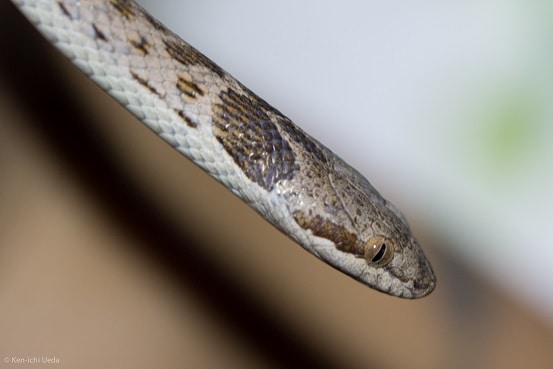
The night snake is small, rarely exceeding 66cm. They’re usually a yellow and brown snake, with some regions hosting greyer versions. Some night snakes have patterns close to a giraffe, with yellow and brown patches contrasting against each other mildly, with rounded blotches rather than fine lines. Few could confuse a night snake with a garter snake, as there are no parallel stripes down each side.
Their belly is a paler pearly white, often with an iridescent sheen. Night snakes have enlarged scales above each eye, which give them an angry look. Female night snakes are significantly larger than males, sometimes up to 3 times larger. Their eyes are a bronze copper colour, and their pupils vertical.
Their head is large relative to their neck, and looks triangular from a bird’s eye view. Some night snakes have a colourful patch on the back of their neck just before the head begins, similarly to the ring-neck snake. This patch varies in colour, being white or orange in Mexico and often black in the northwest USA. Scientists will likely pinpoint more characteristics to specific regions as time goes on.
| 9 | The easiest way to find them |
Aside from scientists, one of the groups that meets the night snake most are roadbuilding crews, because of their burrowing habits. The single best way to see this snake wherever you are in the US is to drive along roads at night. In this habitat study, scientists found 120 out of 121 of their quarry while road cruising. In total, the scientists drove 18,400km. Stumbling through a rocky scree slope would result in failure, and probably knees covered with cuts and gashes.
Much is still to be learned about night snakes. In the mid-west, the prairie rattlesnake often makes large hibernation dens in burrows. Other snakes will flock to these communal hibernacula, like racers and hognose snakes, the species coexisting harmlessly. But the night snake is usually nowhere to be seen. Exactly where they hibernate in nature is a gap in the research.
With eggs, there’s more knowledge, as night snakes lay 3 to 9 per clutch. Mothers don’t bother to care for their children, and the hatchlings resemble smaller versions of adults.
| 10 | Declining sharply in Canada |
Night snakes are severely endangered in Canada, and it’s likely that they’ll soon be gone for good. Night snakes are so rare in Canada that they weren’t even discovered until September 28th 1980, in the Okanagan valley of south-central British Columbia. Between then and 2002, only 16 more individuals were found.
The Okanagan valley is still their base today, particularly sweeping plains of dry antelope brush. However, only 9% of the valley is in its untouched, natural state. The antelope brush itself has fallen by 90% in coverage. More and more is being absorbed into housing estates, business developments, wheat fields and vineyards. The antelope brush plains that do remain are typically in private hands, outside of government control. These remaining habitats are fragmented and unable to link up.
The Okanagan-Similkameen region has seen one of western Canada’s fastest population expansions, growing 13.5% from 1991 to 1996. The night snake isn’t alone in its plight, as western hognose snakes are also endangered in British Columbia. On the plus side, one enclave of night snakes in the Okanagan valley lives in an ecological reserve.

Keep up the good work.